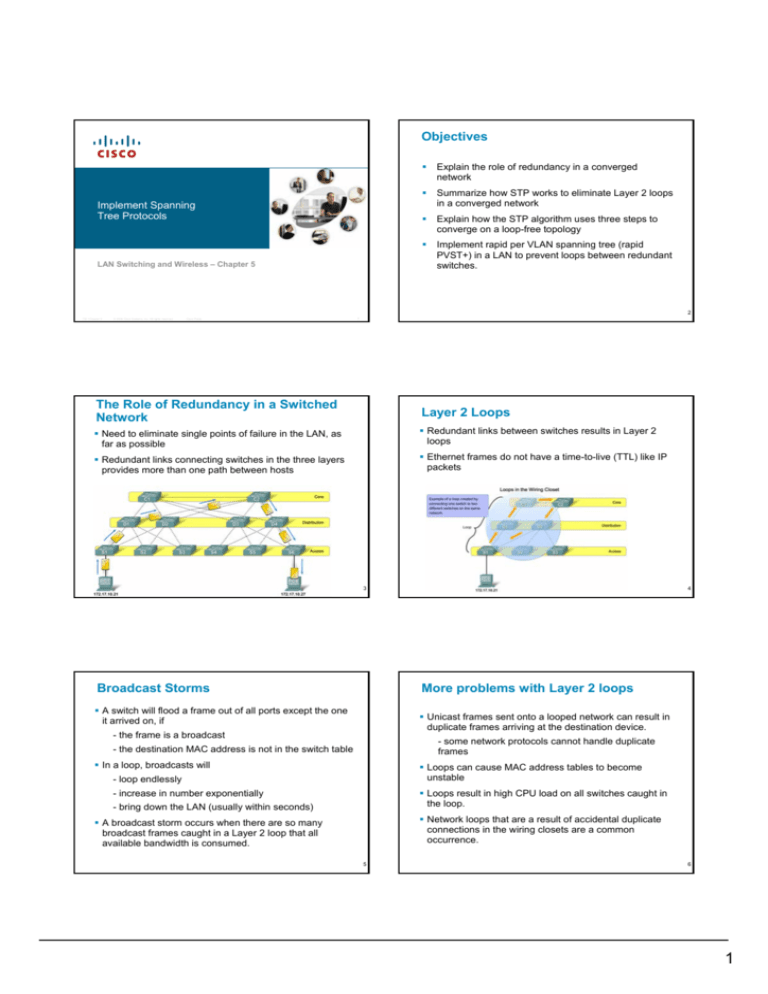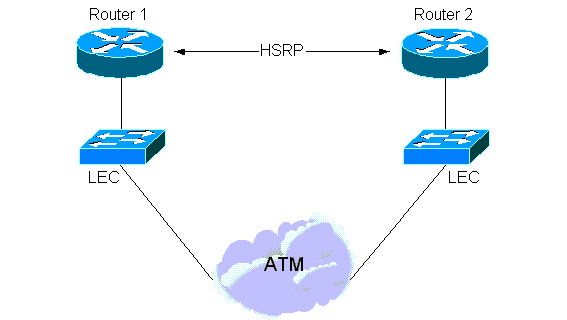
#Cisco mac address teable ttl mac#
The idea here is that the frame would ultimately reach all hosts and the host having the same MAC address as the destination address of the frame would accept it while all other hosts would reject the frame.įigure 7-2 describes how unknown unicasts are propagated in a switched network. The switch sends a copy of the frame out all interfaces, other than the interface on which the frame was received.

The switch has no entry in its MAC address table for the destination MAC address in the frame. Host A sends a frame destined to host B which is forwarded by the intermediate switches to its final destination following the direction of the arrows. The switch forwards frame out the single interface associated with the destination MAC address in the frame.įigure 7-1 describes how known unicasts are propagated in a switched network. The switch already has an entry in its MAC address table for the destination MAC address in the frame so it knows exactly which interface leads to the destination of the frame. The forwarding logic differs based on the type of destination MAC address and on whether the destination address has been added to the MAC address table of the switch. The basic logic used by switches when forwarding frames is the key to understanding many enhanced switching concepts and is worth a quick review here. In the second case, multiple devices may be directly connected to the same switch port through a hub. In one case, the switch port may be connected to another switch which in turn has multiple devices connected to it. There are two possible scenarios in which multiple MAC addresses may be associated with the same switch port. However, there may be more than one MAC addresses associated with the same switch port which means multiple devices are reachable off the same switch port. Each dynamically learned MAC address is associated with one and only one switch port. In the above output, you should be able to identify various dynamically learned MAC addresses and the switch ports those MAC addresses are associated with. Total Mac Addresses for this criterion: 27 The command show mac address-table, not surprisingly, is used to display the MAC address table of a switch we just talked about, as shown below:
#Cisco mac address teable ttl windows#
In this way, a switch dynamically builds an address table by using the source MAC address of the frames received.Īs a practice, try issuing command ipconfig /all on Windows CLI and show mac address-table on Cisco switch CLI to get warmed up for later examples. When the switch receives a frame, it associates the MAC address of the sending device with the switch port on which it was received. The switch maintains an address table called MAC address table in order to efficiently switch frames between interfaces. The term packet is used to describe the layer 3 header and data without the layer 2 header or trailer. The term frame refers to the bits and bytes that include the layer 2 header and trailer along with the data encapsulated by the header and trailer. Let’s make a distinction between frame and packet before moving forward as these terms are often used rather loosely. They are merely different representations of the same MAC address. A Microsoft Windows system would list a MAC address as 12-34-56-78-9A-BC whereas a Cisco switch would list it as 1234.5678.9abc. Ethernet addresses, also known as MAC (Media Access Control) addresses, are 6 bytes or 48 bits in length, typically written in hexadecimal form. Then you follow that port until you find the flapping link or the switch which keep on sending them.The ultimate goal of switches is to carry frames from the source to the appropriate destination based on the destination Ethernet address in the frame header. Take the outputs every 30-45 seconds and check the total number of TC and the port which triggered it. Of course you need to check that in vlan 20. Timers: hello 0, topology change 0, notification 0, aging 300

Times: hold 1, topology change 35, notification 2

Number of topology changes 1 last change occurred 22w6d ago <<<<<< Topology change flag not set, detected flag not set VLAN0099 is executing the rstp compatible Spanning Tree protocolīridge Identifier has priority 32768, sysid 99, address 700Ĭonfigured hello time 2, max age 20, forward delay 15, transmit hold-count 6 You can check TCN number and how often you see them in vlan 20 with the following command: It gets fushed when STP TC's (Topology Change) occur following network reconvergence/link flappings. Mac addresses can disappear from CAM table if MAC table gets flushed.


 0 kommentar(er)
0 kommentar(er)
